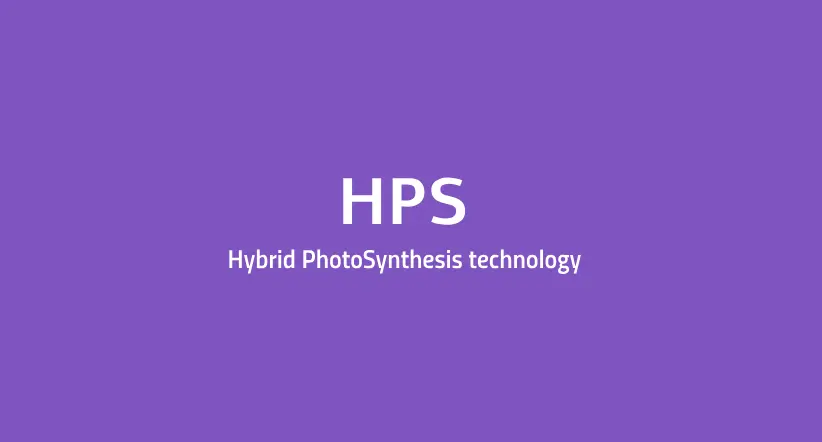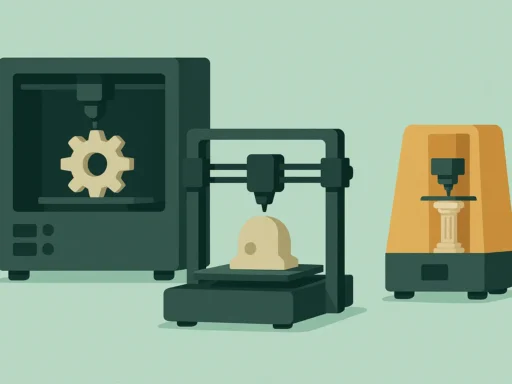In just two years since its inception, North Carolina-based Axtra3D has rocked the 3D printing landscape with its Hybrid PhotoSynthesis (HPS) technology, a game-changer that reconciles the trade-offs between Stereolithography (SLA) and Digital Light Processing (DLP). This isn’t just an advancement; it’s a whole new 3D printing category that breaks conventional limitations.
Combining SLA’s laser precision and DLP’s speedy light projection, HPS delivers both high resolution and swift printing. Paul Spoliansky, CRO of Axtra3D, proudly said, “We’ve halved standard wait times without skimping on quality.”
But Axtra3D’s ingenuity doesn’t end there. Its TruLayer Technology automates tedious steps between each layer, akin to a conductor ensuring an orchestra doesn’t miss a beat. The Intelli-Cartridge system revolutionizes resin management, automating tasks like dosing and stirring, making the printer not just fast but smart.
These technologies merge seamlessly in Axtra3D’s flagship 3D printer, the Lumia X1. Engineered for non-stop operation, it boasts a build volume that outclasses many 4K DLP systems. Not merely about size, the Lumia X1 is a feat of agility and safety, fortified by Axtra3D’s patented systems.Similar to the Swiss Consortium’s aerospace innovations, Axtra3D’s HPS opens a new frontier in 3D printing across sectors. The Lumia X1 is designed to adapt to emerging materials, thus future-proofing its utility. In a nutshell, Axtra3D’s ascent in such a short span isn’t just remarkable — it’s revolutionary. With an audacious blend of scale, speed, and resolution, the company is pushing the very boundaries of what additive manufacturing can achieve, heralding a new chapter for 3D printing technologies worldwide.





